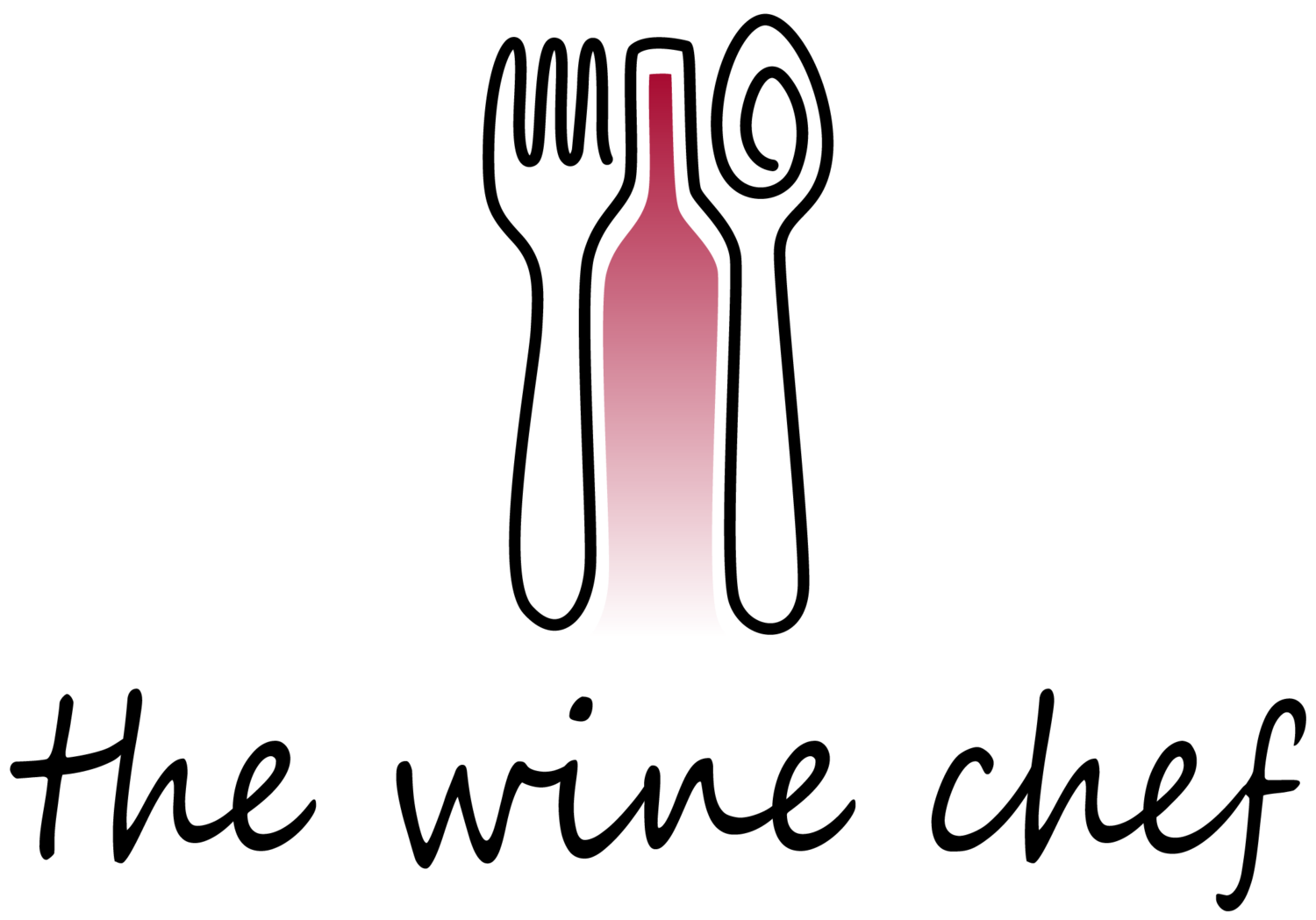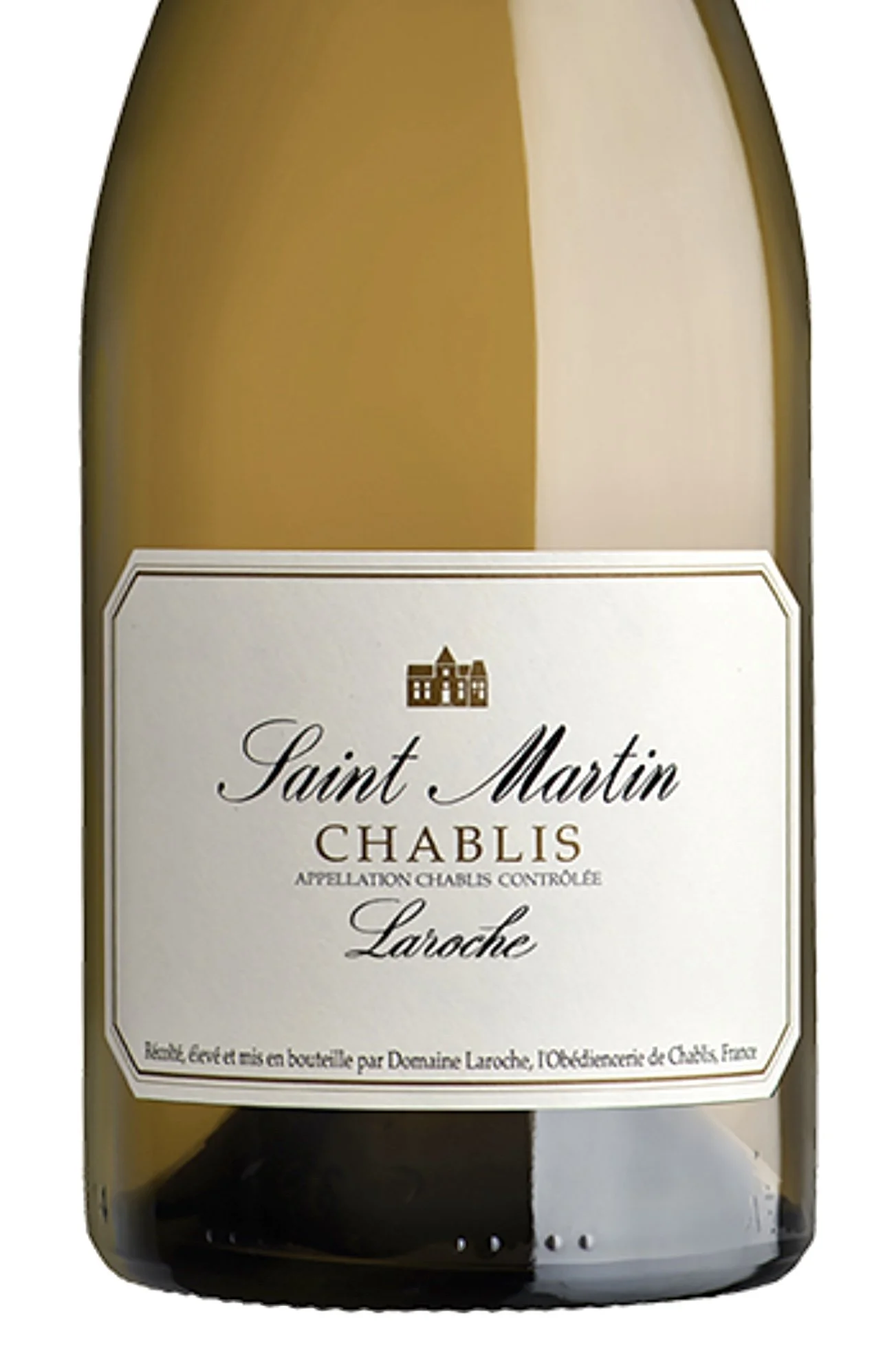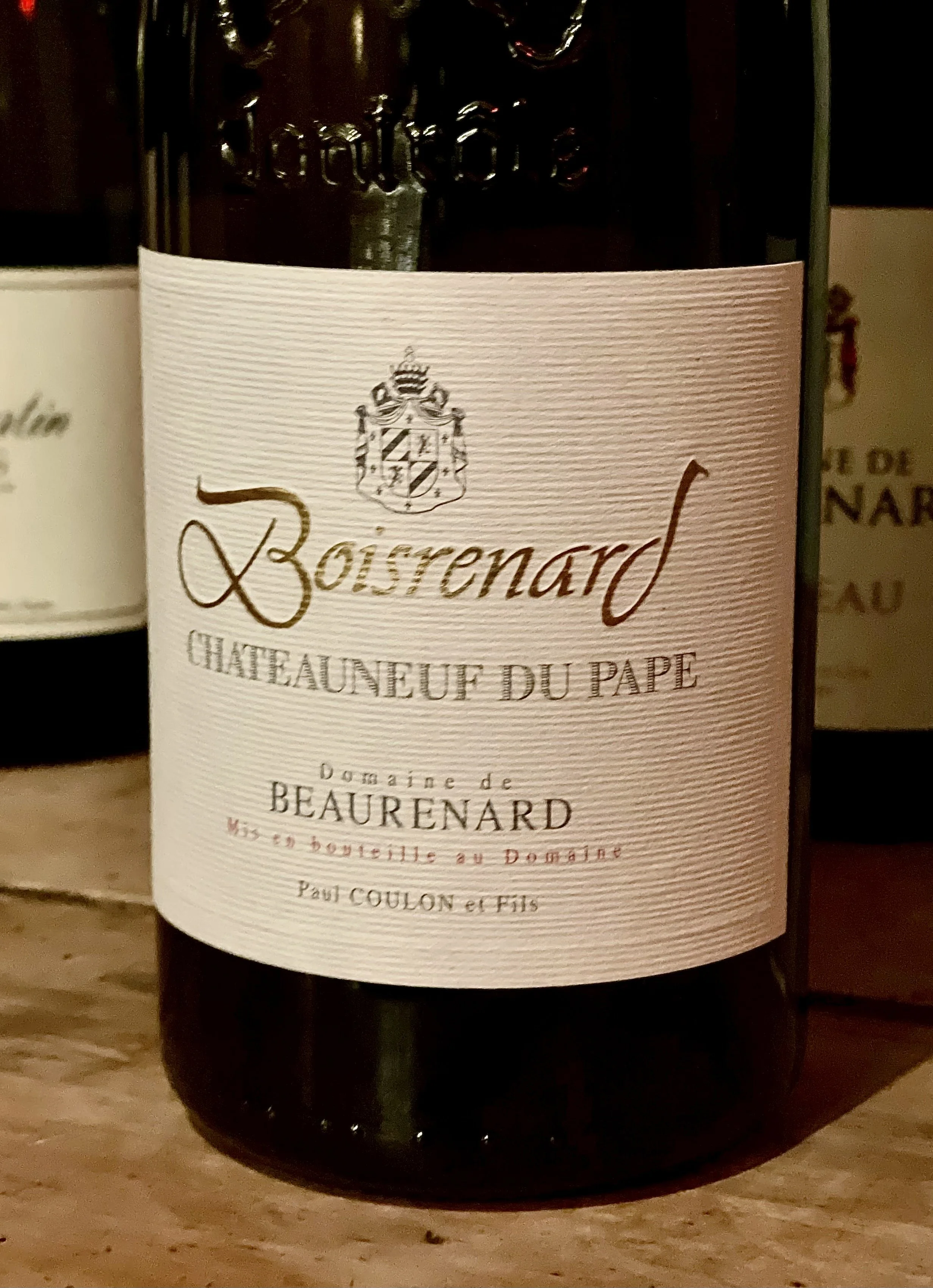Old Vines, New Voices: Three French Winemakers to Watch
/France has no shortage of wineries, but the ones that really stand out are those with a strong sense of place and a clear winemaking vision. I recently had dinner at Leon’s in Manhattan with three winemakers who embody that spirit: Juliette Alips in Champagne, Romain Chevrolat in Chablis, and Victor Coulon in Châteauneuf-du-Pape, each working in some of France’s most iconic regions.
The three talented winemakers each tell a different story about French winemaking, but they all share one thing: an unwavering commitment to letting their terroir speak in every bottle.
Domaine Les Monts Fournois, Champagne: One Special Hillside
Juliette Alips. All photos courtesy of Wilson Daniels.
In 2022, Juliette Alips joined Domaine Les Monts Fournois as its winemaker. The winery is a new venture founded by Raphaël and Vincent Bérêche, brothers behind Champagne Bérêche et Fils and cousins of Alips.
While awaiting the release of their inaugural Champagne vintage in a few years, Alips is sourcing small quantities of superb grapes from iconic vineyards to craft a limited selection of Premier and Grand Cru champagnes.
Though Alips is new to the role, she speaks with clarity about her vision. "Our domaine is in a rather unique part of Champagne," Alips explains. "Imagine: one single vineyard, one south-facing slope, made up of eight connected parcels, all within a single lieu-dit [a specific vineyard site], Les Monts Fournois."
This focus on a single, unified piece of land is unusual in Champagne, where many producers source grapes from scattered vineyards across various villages. "That's why we named the domaine after the lieu-dit," Alips adds. "We don't want to focus on the winemaker or the family name. We want to highlight the terroir itself. That's the heart of the project."
Alips works with impressively old vines such as Chardonnay planted in 1961 at the top of the slope, and Pinot Noir from 1963 and 1994, lower down. While the domaine's first Champagne won't be released until 2027, she makes a still Chardonnay that gives an early taste of what the land can produce: wines with energy and freshness.
Her approach to winemaking is simple: "I believe that to make good wine, you must respect the terroir and respect the vineyard. You need to pick healthy grapes. If you do that, the vinification becomes easier, and you're just guiding the process rather than shaping it."
When asked about her favorite vintages, Alips reveals, "I prefer cooler years, like 2014. In my experience, cooler vintages age better. Ripe vintages can be beautiful, but they're harder to age and more challenging to achieve balance."
Look for this wine:
Domaine Les Monts Fournois Champagne 1er Cru Côte de Vertus — $170
Generous and refined, with classic aromas of brioche, toasted almond, and ripe orchard fruit. The palate is layered and precise, with delicate, persistent bubbles carrying forth notes of citrus, white flowers, and toasted brioche. A complex, fresh, and lively wine with a long, elegant finish. A very fine, polished expression of Premier Cru terroir.
Domaine Laroche, Chablis: Best Expressions of Chablis Terroir
Heading northwest from Champagne, Romain Chevrolat brings both experience and fresh energy to Domaine Laroche in Chablis, Bourgogne. Having previously worked in the Rhône Valley and further south in Bourgogne, he returned in 2023 to a region that feels connected to his roots. "I grew up in a Champagne family of winegrowers," Chevrolat shares. "It's very close to Chablis—less than one hour's drive. And we have the same type of soil, it's Kimmeridgian limestone, very specific with a lot of fossilized oysters in it."
Romain Chevrolat
Domaine Laroche dates back to 1850 and owns an impressive 90 hectares of vineyards, including 12 Premier crus and three Grand Crus. "Our philosophy in the vineyard is to grow the grapes in the most respectful way possible," explains Chevrolat. "We have no certification in organic viticulture, but we believe in it and are in the process of converting to it. We also use some biodynamic treatments for the Grand Crus."
What excites Chevrolat most is the amazing variety he finds within Chablis' seemingly simple framework of Chardonnay grown on limestone. "We have 12 different Premier Crus, and I want 12 different expressions of each terroir," he states firmly. "You can't imagine how different they are until you taste them in a row. It's the same grape, it's the same team working in the vineyard, the same team working in the cellar, yet you have 12 different expressions. That's very exciting."
The hot 2023 growing season posed unique challenges: "It was so hot, we chose to start the harvest earlier than planned. We had temperatures of 38 degrees Celsius (98 Fahrenheit)," he recalls. "We picked only in the morning, both for the team, and also for the quality of the fruits. This is in our DNA: to keep the freshness as much as possible."
Look for this wine:
Domaine Laroche Chablis Saint Martin 2023 ($35). The flagship cuvée, this wine defies the heat of the vintage with great freshness. Crisp citrus and green apple notes lead on the nose, followed by a palate that delivers chalky minerality, subtle saline undertones, and a hint of white blossom, culminating in a long and precise finish. A wine that demonstrates the clarity and sense of place that define great Chablis.
Domaine de Beaurenard, Châteauneuf-du-Pape: Eight Generations of Family Winemaking
In the sunny south of France, Domaine de Beaurenard is an eighth-generation family estate owned by the Coulons, who farm over 80 acres in Châteauneuf-du-Pape—organically and biodynamically certified since 2010—as well as vineyards in Rasteau and Côtes du Rhône.
Today, brothers Victor and Antonin Coulon, guided by their father, Daniel, and uncle, Frédéric, are expressing the essence of these historic terroirs through a portfolio that includes Côtes du Rhône, Rasteau, and top-rated Châteauneuf-du-Pape wines.
Victor (at left) and Antonin Coulon.
Coulon says that Châteauneuf-du-Pape is a complex place where one could spend a lifetime trying to understand it fully. “But at the heart of it all,” he says, “is a deep connection to the land, to tradition, and to family. Our roots remain deeply embedded here, and at the core of everything we do is family. We're proud to be part of that legacy and to keep moving it forward."
The brothers have recently launched Le Petit Renard, a new biodynamic project sourcing grapes from like-minded growers across the Rhône, further expanding their vision with exciting new wines.
Yet, Coulon is also very proud of Châteauneuf-du-Pape’s history as the first AOC in France, created in 1936. It remains one of the few appellations that allows all 13 authorized red grape varieties to be used, in any proportion. “That freedom is vital to us,” says Coulon. “Our flagship red Châteauneuf-du-Pape is made from all 13 grape varieties allowed, and grown in 15 different parcels, from the galet-strewn soils of La Crau in the west to the limestone-rich plots of the north and east."
While Châteauneuf-du-Pape is famous for its rich red wines, Coulon also speaks passionately about the region's whites. "White Châteauneuf was enjoyed by the Popes in Avignon as early as the 14th century," he notes. "We've been making white Châteauneuf for a very long time, and we're proud to continue that tradition. At Beaurenard, we still grow all six permitted white varieties. These are co-planted and co-harvested as a traditional field blend—something very rare today."
Like his colleagues to the north, Coulon also faces climate challenges. "The 2024 vintage was extremely challenging. Pressure from downy mildew was high, and the organic and biodynamic approaches provided us with limited tools, mostly copper, sulfur, and biodynamic preparations. For us, biodynamic farming isn't a religion, it's a tool," Coulon explains. "It enhances the life of the soil, which in turn strengthens the vines and helps them cope with climate extremes."
When talking about how biodynamics influences the wines, he offers a simple yet powerful analogy: "It's hard to quantify, but I often say it's like comparing a bland salad to one with freshly harvested greens—they are more vivid, more alive."
When describing the impact of biodynamics on his wines, he offers a simple yet powerful analogy: “It’s hard to quantify, but I often say it’s like the difference between a bland salad and one made with freshly harvested greens—they’re more vivid, more alive.”
Look for this wine:
Domaine de Beaurenard Châteauneuf-du-Pape Boisrenard 2022 ($105). A classic blend of the 13 permitted grape varieties from old vines across their holdings, and grown on the four soil types found in the appellation. The result is a complex, spicy wine with silky tannins that perfectly balances power and elegance, offering generous stewed red and black fruits with distinctive notes of tar and tobacco that speak to the unique terroir of Châteauneuf-du-Pape.
Three Regions, One Shared Belief
Though separated by hundreds of miles, these three winemakers are united by a common philosophy: respect the land, farm with care, and let the wine speak for itself.
Whether it’s Juliette Alips focusing on a single slope in Champagne, Romain Chevrolat illuminating the diversity of Chablis’ premier crus, or Victor Coulon continuing eight generations of tradition in Châteauneuf-du-Pape, each winemaker stays rooted in their land and their history. Even as they navigate today’s challenges, they rely on hard-earned experience to make wine that stays true to its origins.
Many thanks to wine importer Wilson Daniels for introducing me to these three talented young winemakers.











